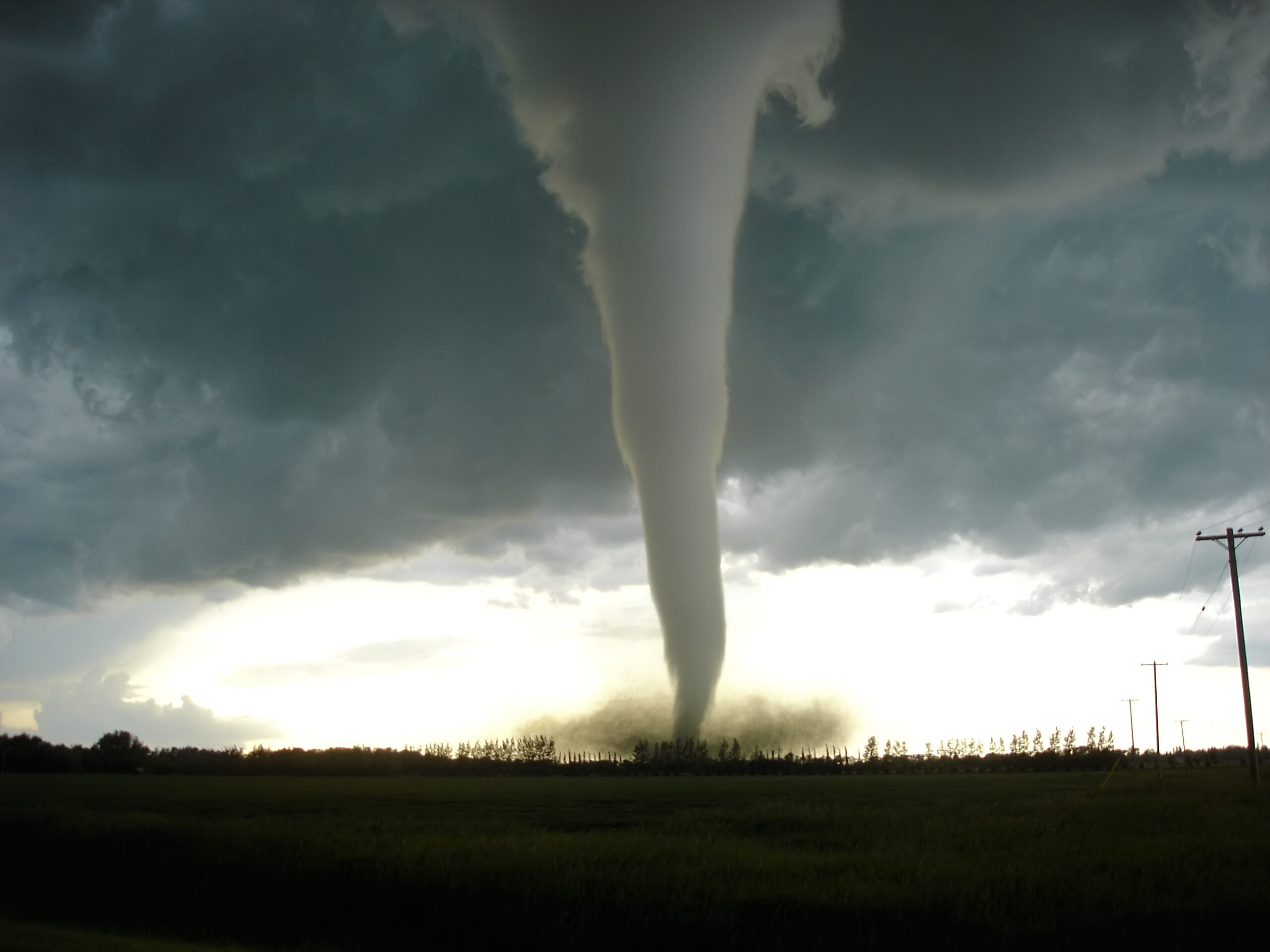- Midwest states east of Tornado Alley are getting hit hardest—here’s why - July 28, 2025
- Mapping the Most Weather-Disrupted States in the Last 5 Years - July 26, 2025
- Global emissions must halve by 2030 to avoid tipping points - July 25, 2025
The New Reality of Tornado Geography
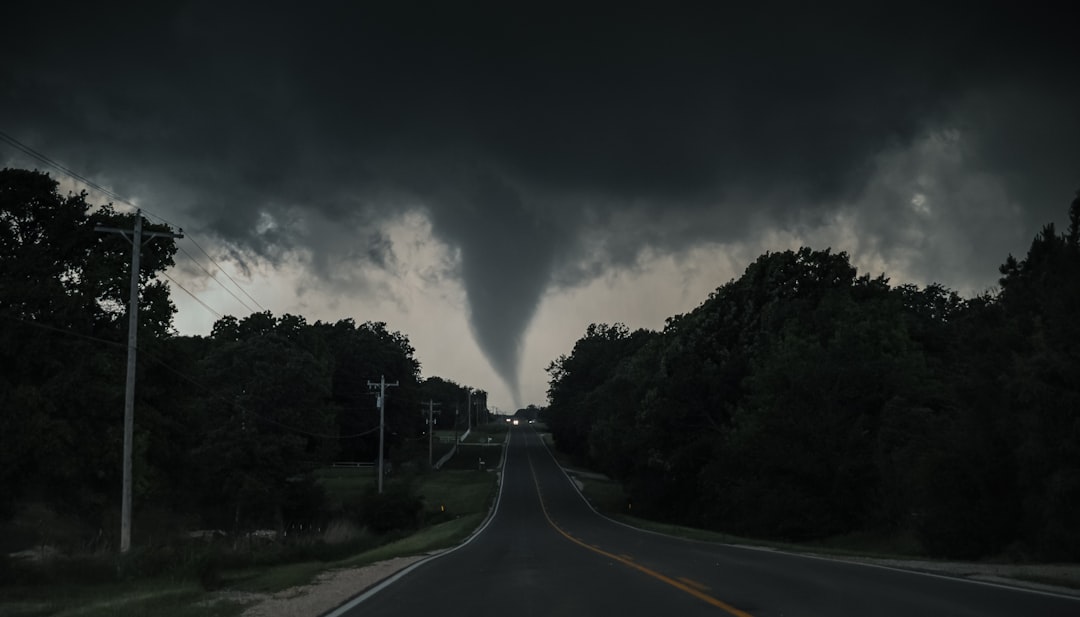
Something dramatic is happening to America’s weather patterns that’s catching many communities off guard. What stands out about 2025 so far isn’t just the number of tornadoes, but how Tornado Alley has encompassed just about everything east of the Rockies. Since 2010, 2025 is the second-most active year up to this time, with 1,297 tornadoes reported as of the end of June. The traditional tornado hotspots in Texas, Oklahoma, and Kansas are seeing fewer violent storms, while states like Illinois, Missouri, Kentucky, and Indiana are bearing the brunt of increasingly destructive tornado activity.
According to a report published in the April 2024 issue of the Journal of Applied Meteorology and Climatology, since 1951 tornado activity has been shifting away from the Great Plains and toward the Midwestern and Southeast U.S. This isn’t just a temporary weather anomaly—it represents a fundamental shift in how severe weather patterns are reshaping across the continent.
Record-Breaking Numbers Tell the Story
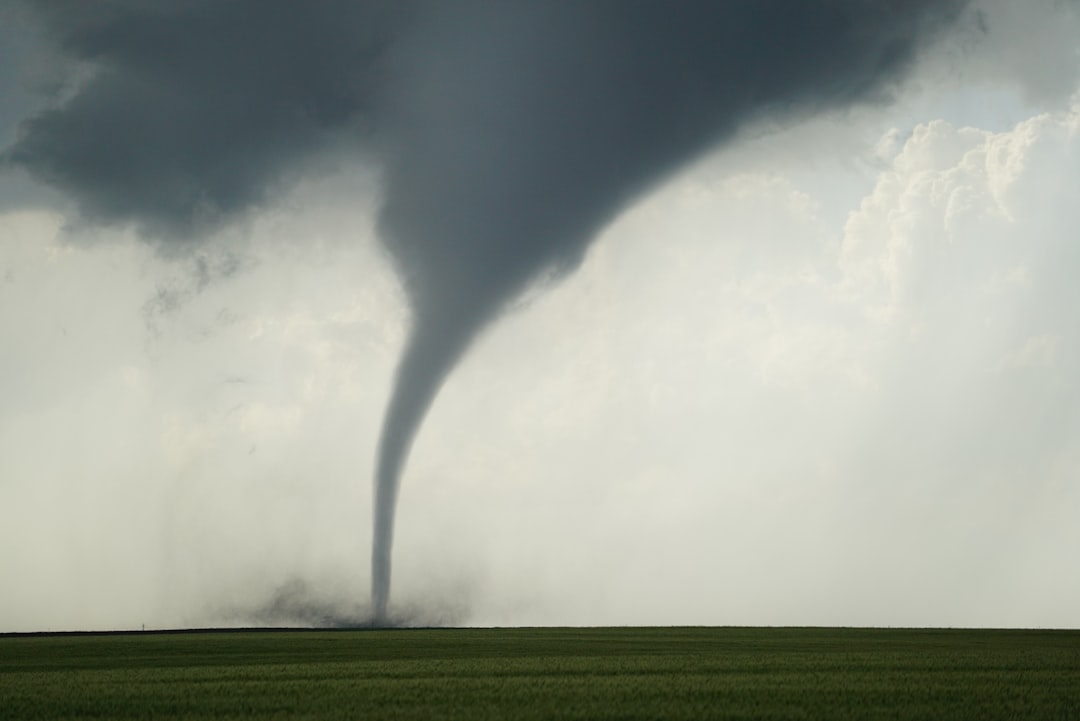
The high tornado count in 2025 has a lot to do with the weather in March, which broke records with 299 reported tornadoes — far exceeding the average of 80 for that month over the past three decades. These weren’t just minor twisters either. 118 tornadoes were confirmed in the outbreak, making this the largest tornado outbreak ever recorded in the month of March, with devastating consequences for Midwest communities.
The statistics paint a stark picture of this geographic shift. Texas, Nebraska, Iowa, Missouri, Florida, and Illinois all had tornado counts over 101 in 2024, marking a clear eastward migration of severe tornado activity. AccuWeather is predicting 1,250 to 1,375 tornadoes across the United States in 2024, above the annual historical average of 1,225 but also below the 1,423 twisters reported in 2023.
Illinois Becomes a Tornado Hotspot
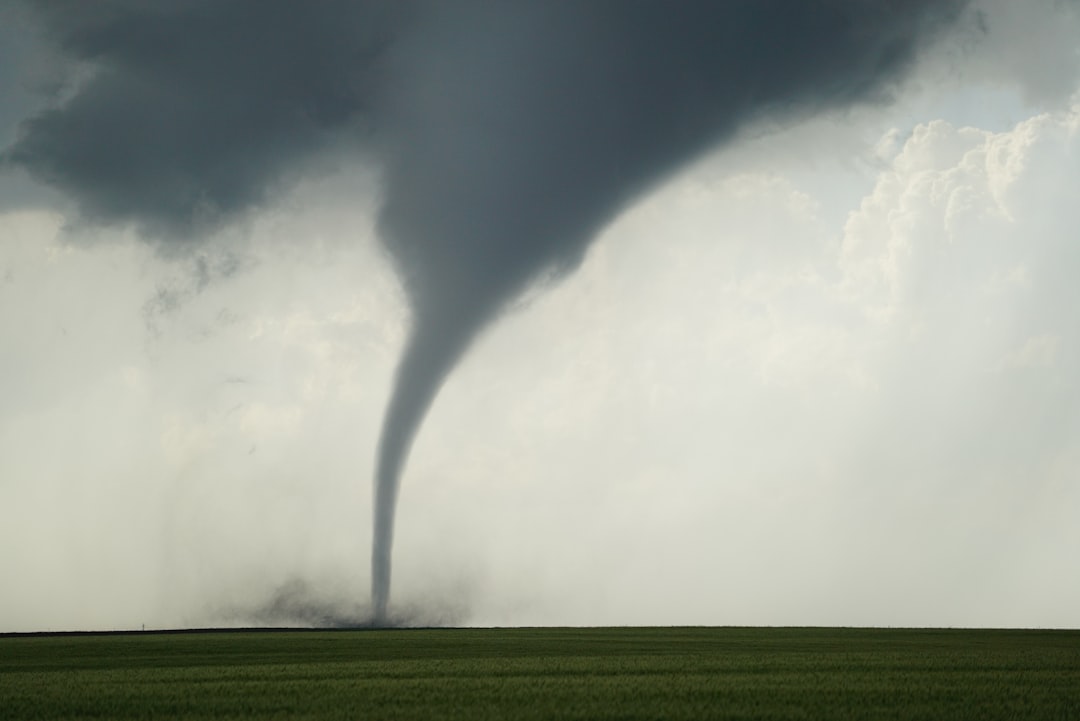
Illinois has emerged as one of the most surprising tornado magnets in recent years. On March 14, a moderate risk for severe weather was issued for the much of Iowa, Illinois, and Missouri, with a 15 percent risk for significant tornadoes centered around Southern Illinois and Southeastern Missouri. The state has experienced multiple violent tornadoes that would have been more typical of traditional Tornado Alley locations just decades ago.
A violent high-end EF4 tornado injured seven people and prompted the issuance of a tornado emergency to be issued for the Marion, Illinois area. These aren’t isolated incidents but part of a broader pattern that’s making Illinois residents rethink their tornado preparedness strategies. The outbreak would conclude the next day, with several more tornadoes being confirmned, including one rated EF2 after damaging multiple farms in Fayette County, Illinois.
Missouri’s Devastating Tornado Experiences
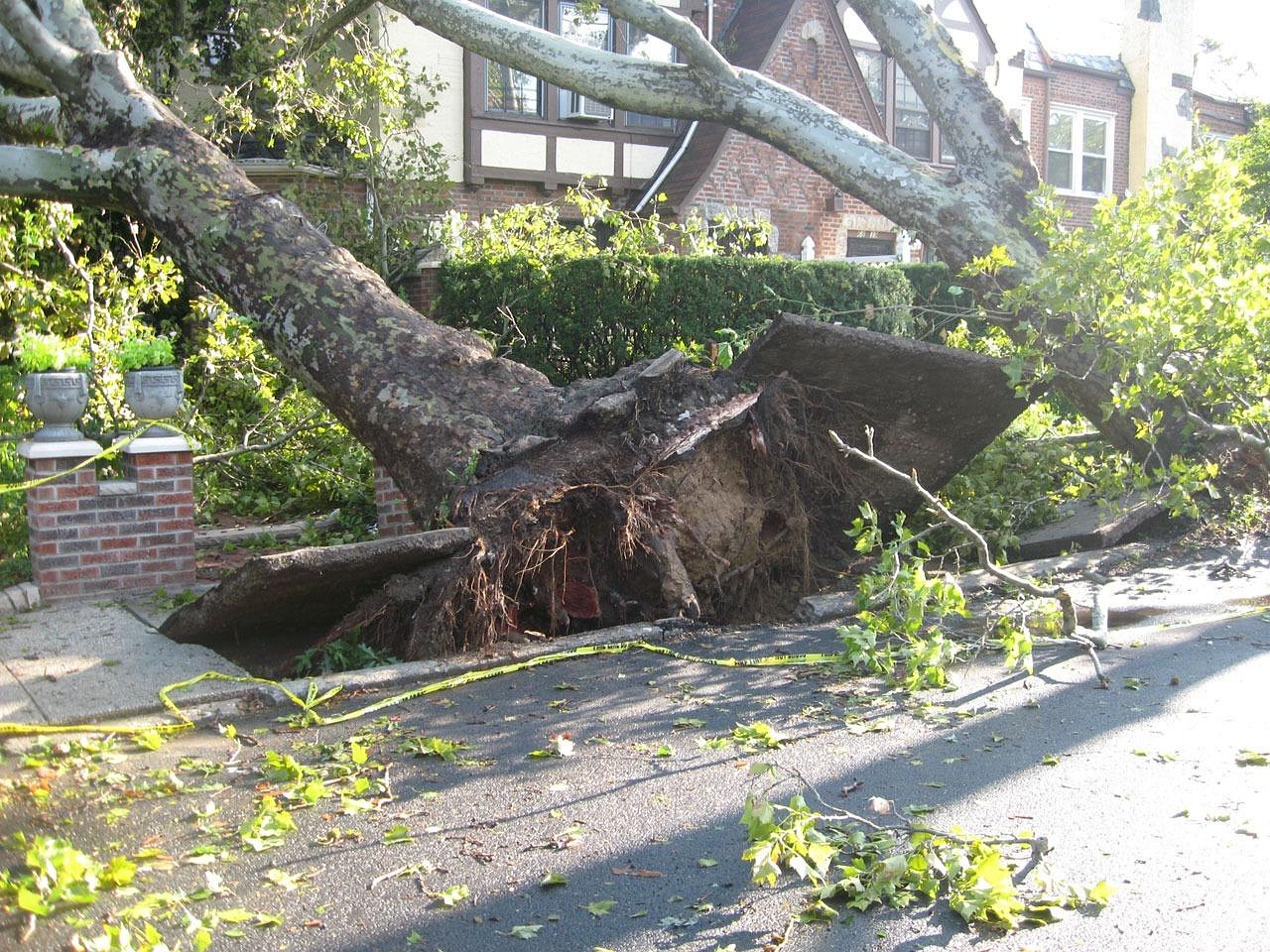
Missouri has become ground zero for some of the most destructive tornado activity in recent memory. Several dozen tornadoes were confirmed on the afternoon and evening of May 16, many of them strong to violent, including a large EF3 tornado that struck the Greater St. Louis area, killing four people, and was the strongest in the area since a violent tornado in 2011. The economic and human toll has been staggering.
FEMA had called the amount of residential destruction in St. Louis the largest the organization had surveyed since the Joplin tornado in 2011. Another deadly EF3 tornado destroyed homes and mobile homes and killed two more people near Blodgett, Missouri. These events demonstrate how Missouri has become a prime target for the most severe tornado activity in the nation.
Kentucky’s Increasing Tornado Vulnerability
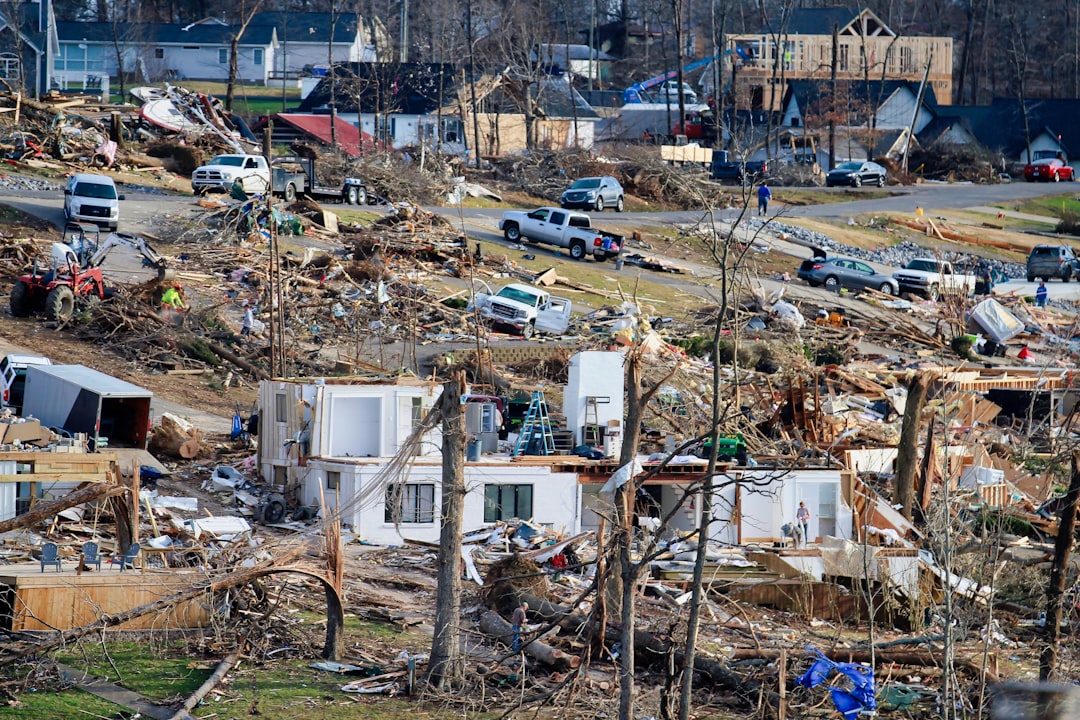
Kentucky has experienced a dramatic increase in tornado activity that’s caught many residents unprepared. In Kentucky, an EF3 tornado caused intense damage in the Morganfield area, and a destructive EF4 tornado struck the cities of Somerset and London, killing 19 people. The state’s location in the new tornado corridor makes it particularly vulnerable to severe weather systems.
London tornadoes on May 16, and it was the deadliest in the state of Kentucky since 2021. In the past decade or so tornadoes have become prevalent in eastern Missouri and Arkansas, western Tennessee and Kentucky, and northern Mississippi and Alabama—a new region of concentrated storms. Kentucky’s experience reflects the broader eastward shift that’s putting previously safer communities in harm’s way.
Indiana’s Rising Tornado Threat
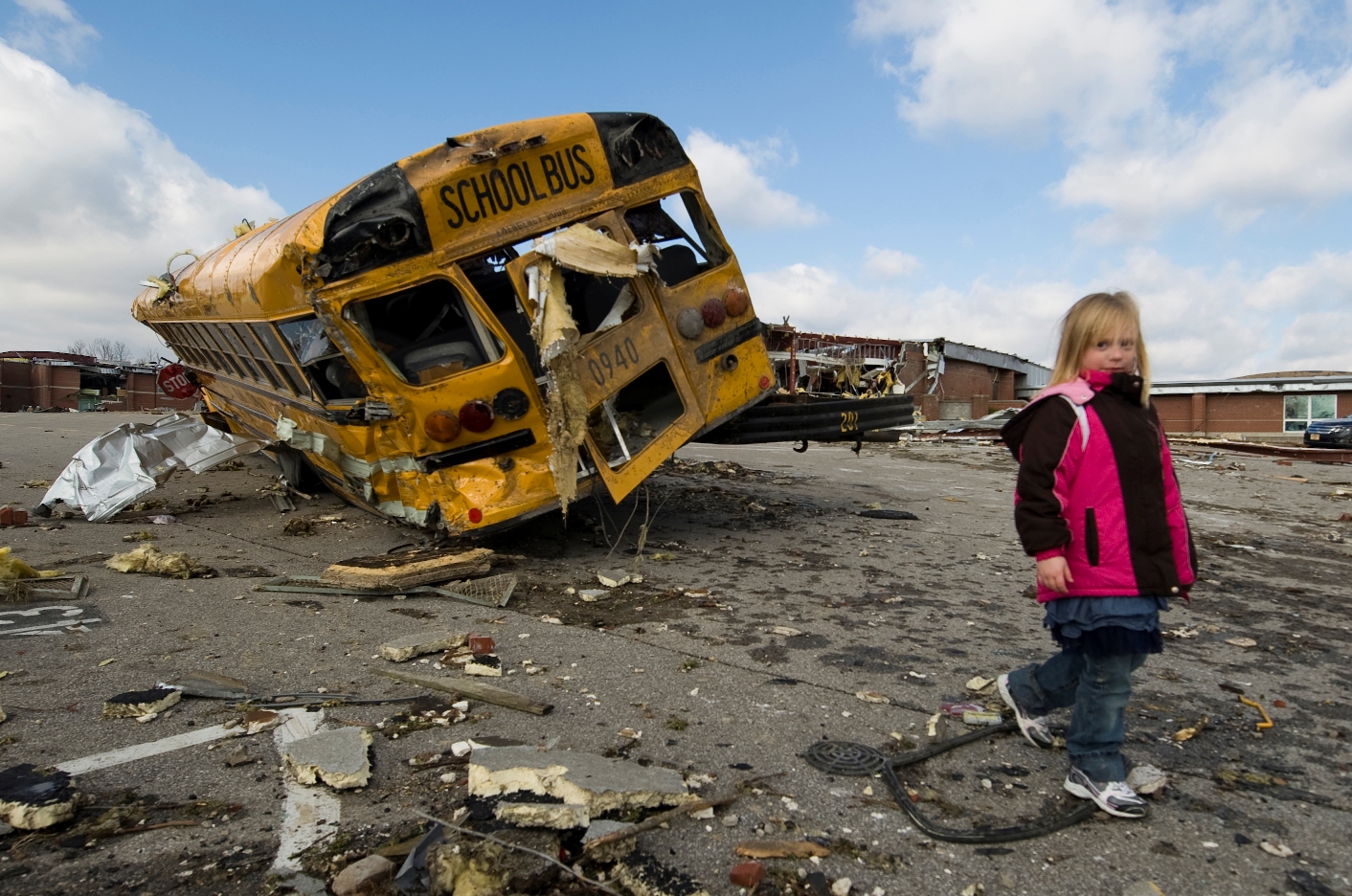
Indiana has seen a notable uptick in tornado activity as weather patterns shift eastward. A strong low-pressure system brought high winds and thunderstorms to northern Illinois and Indiana on March 19. 15 tornadoes were confirmed, including three that impacted Gary, Indiana. The state’s flat terrain and changing atmospheric conditions make it increasingly susceptible to tornado formation.
The strongest to impact the city, an EF1 tornado, injured one person after a roof collapsed on them. Most of them were spawned by a long-lived supercell that tracked out of northern Kentucky and into southern Indiana. One of the tornadoes was an intense low-end EF3 tornado near Mt. Vernon, Indiana. Indiana’s experience mirrors that of other Midwest states caught in the path of this eastward tornado migration.
Climate Change Drives the Eastward Shift
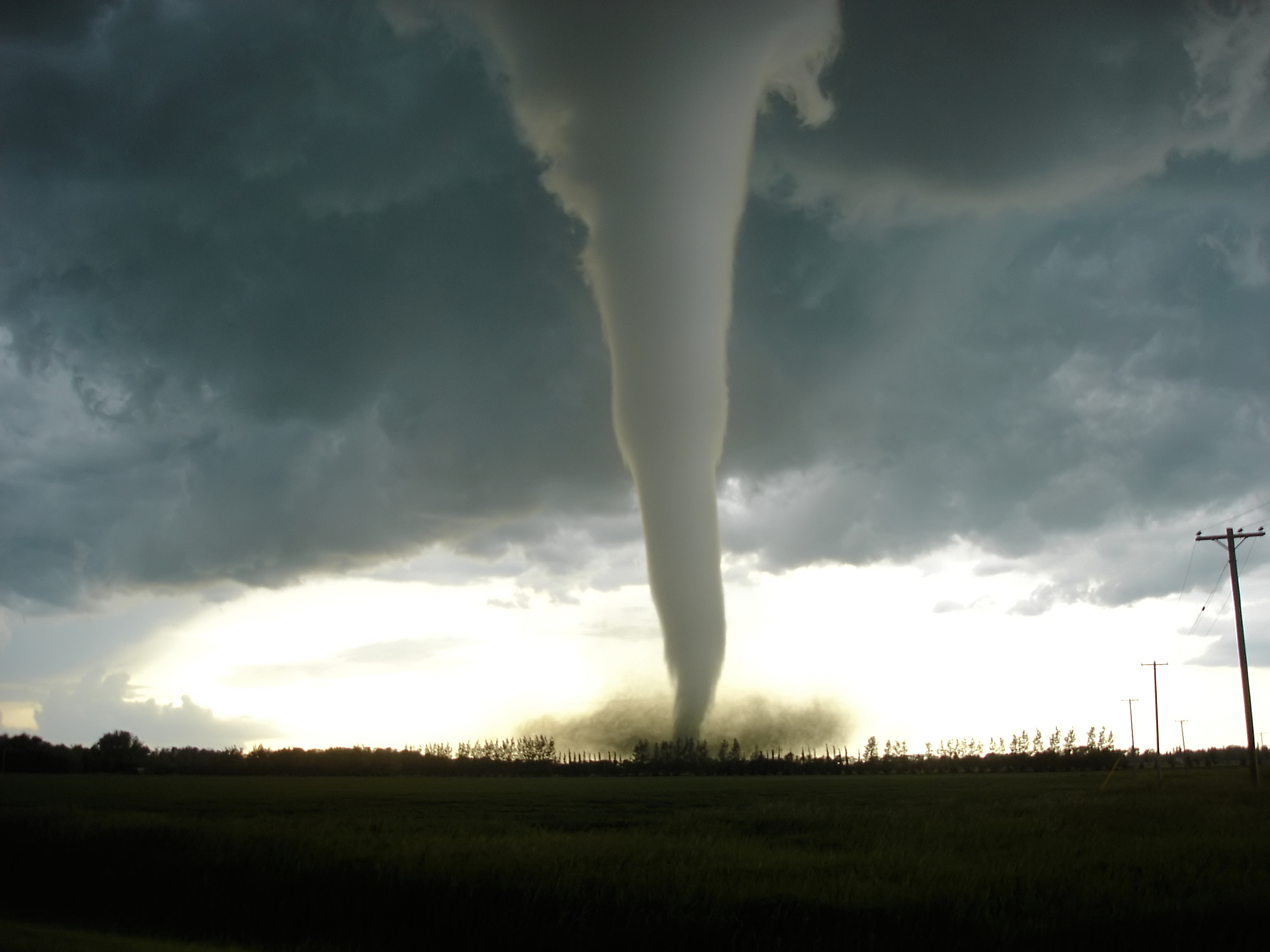
The shift is attributed to climate change, the warming of the Gulf of Mexico’s waters and a dip in the cold jet stream pattern. Supercells tend to form when warm, humid, low-level air interacts with cool, dry, upper-level air, and climate change is generating warmer, moister air. Tornadoes also are more likely to develop when the local atmosphere is unstable, “and warming increases instability”.
Water temperature in the Gulf has also increased on average by one or two degrees, creating the moist, humid air needed for tornadoes. “One or two degrees may not seem much. But think of the difference between 32 degrees and 33 degrees”. This seemingly small change creates massive atmospheric consequences that fuel more powerful storm systems across the Midwest.
Drought Patterns Reshape Tornado Geography

A drought in the southwest is taking away needed moisture for the formation of twisters in the traditional Tornado Alley region. More than 67% of Arizona is experiencing “extreme” and “exceptional” drought conditions — the two highest levels of drought, according to the U.S. Drought Monitor. This drought is fundamentally altering where tornadoes can form and thrive.
The dry atmospheric conditions in the southwest create a dome of high pressure over the western U.S., sapping energy from the atmosphere and forcing potential tornado-producing systems to move further east. The jet stream, a strong current of frigid Arctic air, is also dipping further south into the Mississippi delta region because of the Southwestern drought. It’s like nature is pushing all the tornado-making ingredients eastward into unsuspecting communities.
The New “Dixie Alley” Phenomenon
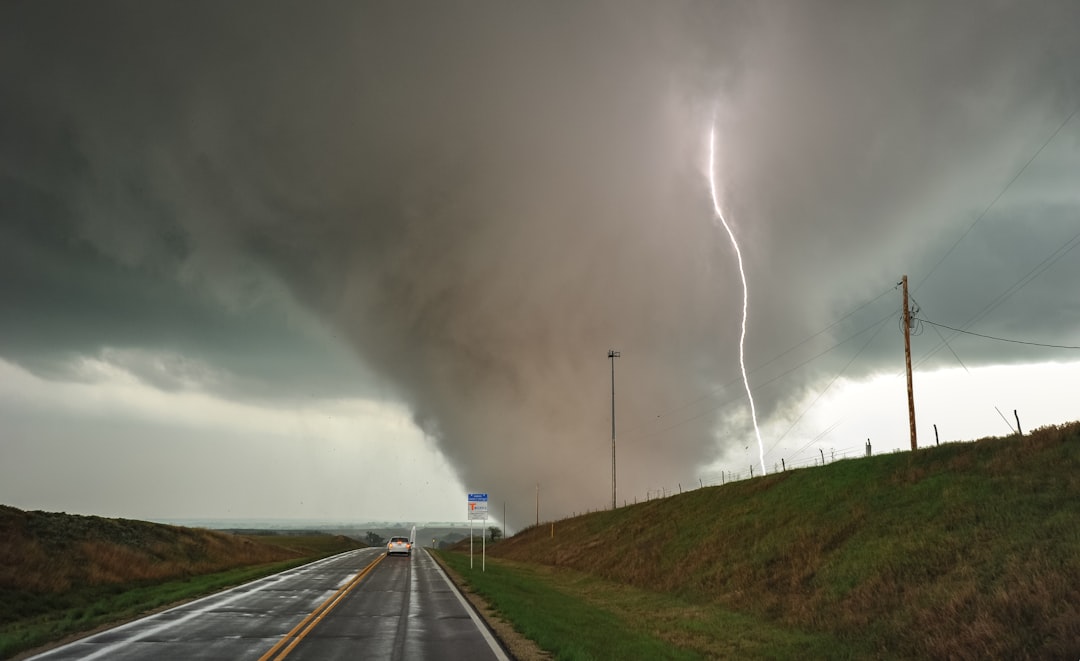
Arkansas, scientists say, is nearly in the bull’s eye of a new tornado-prone area that’s referred to as “Dixie Alley.” The region, which has seen a vast increase in tornadoes over the past several years, also encompasses Mississippi, Alabama and western Tennessee. This new tornado corridor represents a fundamental shift in American severe weather patterns.
More recently, that focus has shifted eastward by 400 to 500 miles. In the past decade or so tornadoes have become prevalent in eastern Missouri and Arkansas, western Tennessee and Kentucky, and northern Mississippi and Alabama—a new region of concentrated storms. The emergence of Dixie Alley shows how climate patterns are creating entirely new zones of tornado risk.
Population Vulnerability in the New Tornado Zones
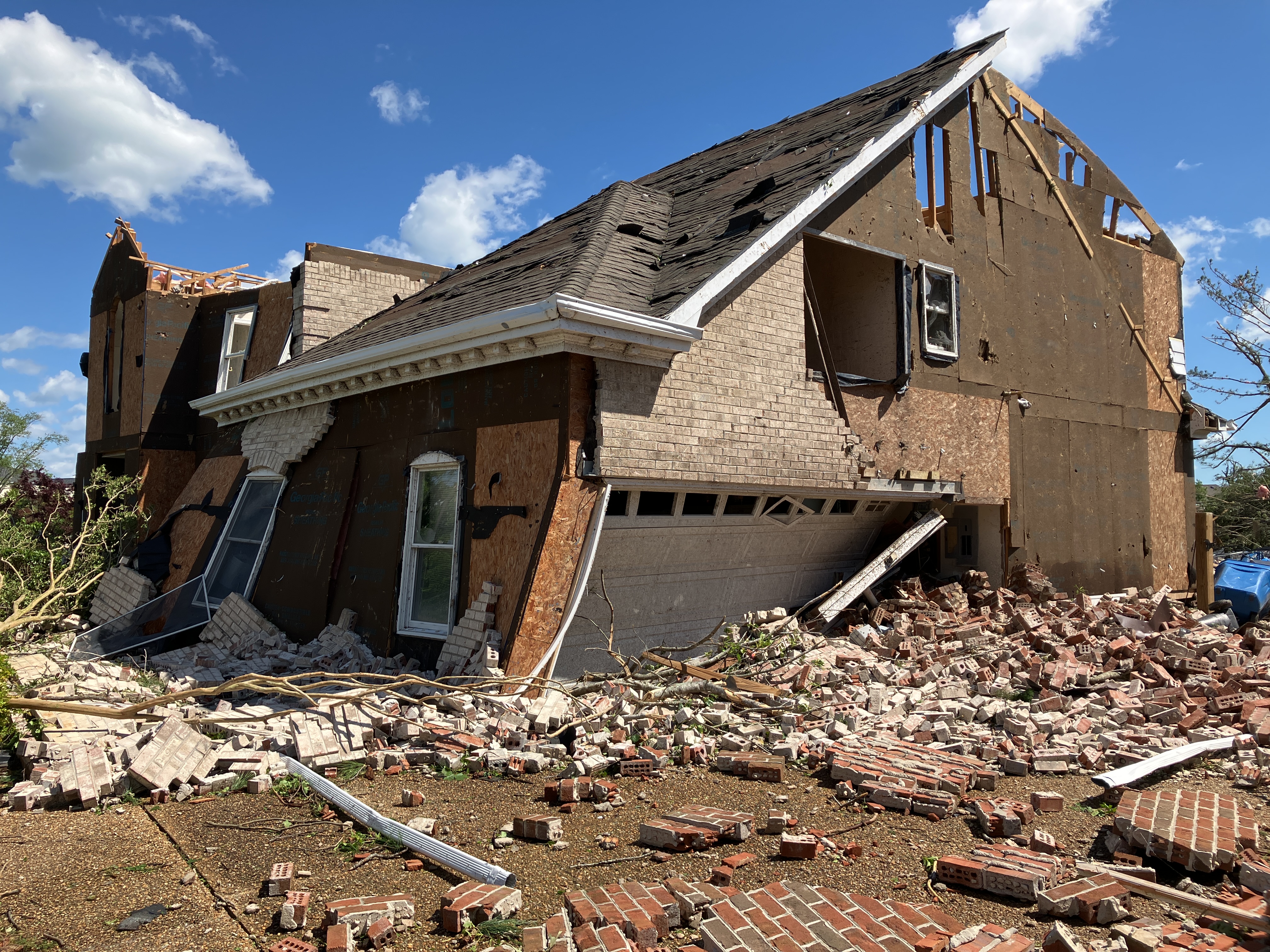
That’s likely due to the fact that Southern states have more trees to be toppled and thrown around, while also being both more populated and dotted with less affluent communities than the Great Plains states. The region also has a large share of the nation’s mobile homes, which aren’t designed to withstand tornadoes and if damaged, may disproportionately affect low-income residents.
The shift is serious: Tornado shelters are common in Texas and Oklahoma but less so elsewhere. Night tornadoes are more frequent in states like Mississippi and Alabama. They are twice as deadly as tornadoes that take place during the day, in part because people are asleep and more likely to miss critical alerts. Between 1950 and 2019, 46 percent of Tennessee’s tornadoes occurred at night—more than any other state.
Seasonal Patterns Are Changing Too

This shift in tornadoes to the east and earlier in the year is very similar to how scientists expect severe thunderstorms to change as the world warms. Climate change may extend the typical tornado season as well. Milder winters mean the unstable air masses that can create supercells may become more likely in March or even earlier in the southeastern U.S..
Climate change increasing severe storms in the Southeast further exacerbates the threat of year-round tornadoes. Milder temperatures extend tornado season well into the winter months, especially in Southern states like Arkansas, Tennessee, Mississippi, and Alabama. The traditional spring tornado season is becoming a year-round concern for many Midwest communities.
Economic and Social Consequences
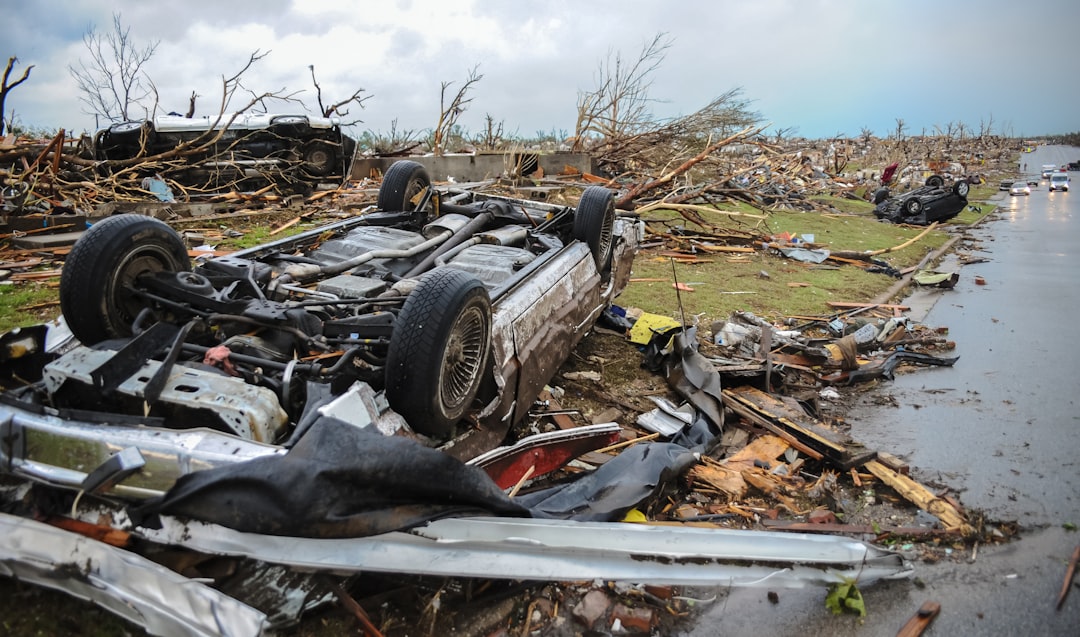
Economic losses associated with tornadoes will continue to increase in future years,” reported Nature. As communities in the South continue to grow and their neighborhoods expand, the physical and financial costs of natural disasters will keep rising—potentially three times as. One of the January outbreaks was the first billion-dollar disaster of the year with approximate damage of $2.8 billion.
In 2024, six different tornado outbreaks caused billions of dollars in damage each, many of which affected states outside of Tornado Alley, such as Florida, Louisiana, Arkansas. The financial burden of this eastward shift is falling on communities that weren’t prepared for such intense tornado activity, creating a cascading economic crisis in affected regions.
The Science Behind the Shift
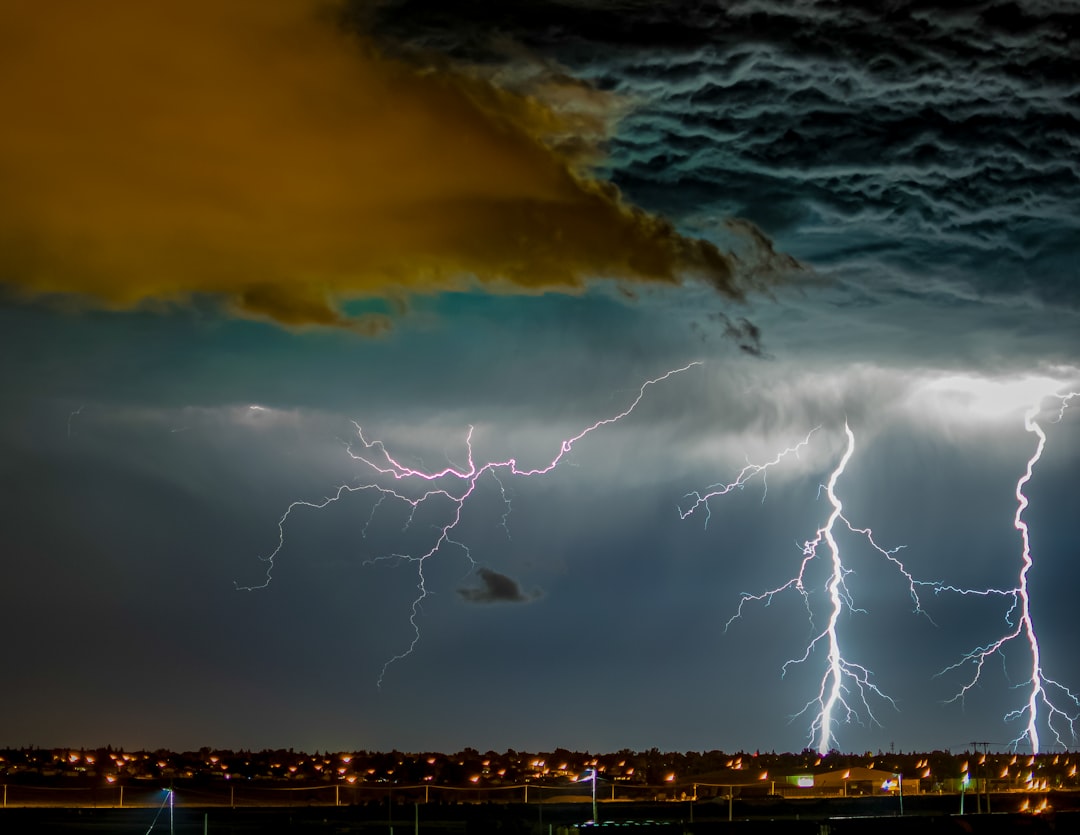
One factor that could be involved is strong multidecadal warming observed across the U.S. Southwest. The increased heat may be generating air just above the surface that’s hot enough to more reliably suppress tornadic thunderstorm development as the air flows eastward above traditional Tornado Alley. Meanwhile, sea surface temperatures across the Gulf of Mexico are increasing, which helps to generate warm, humid surface air feeding into severe thunderstorms across the central and eastern U.S.
Multiple studies find that the conditions that produce the most severe thunderstorms from which tornadoes may form are more likely as the world warms. Climate change may also cause a shift in the seasonality of severe thunderstorms and the regions that are most likely to be hit. The atmospheric science is clear—we’re witnessing a fundamental reorganization of severe weather patterns across North America.
What This Means for the Future
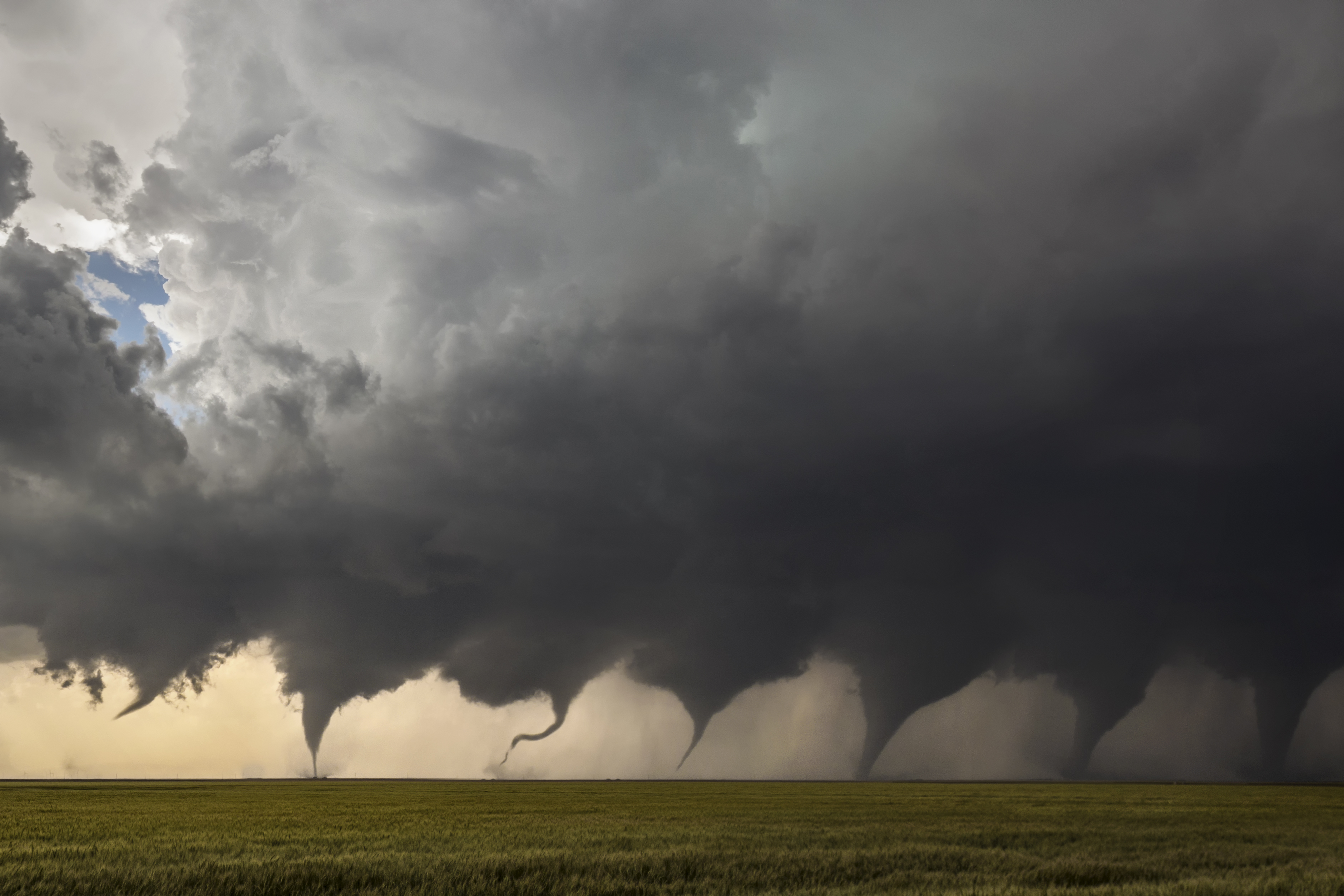
Recent simulations indicate that the area that produces the most significant tornadoes will be east of Interstate 35 — including the mid-South, the Ozark plateau and the lower Ohio Valley. The areas west of I-35, Oklahoma, Kansas, the Dakotas, eastern Colorado and west Texas, will slightly decline, adding that those who live in the mid-South are at 25% greater risk of tornado threats.
For safety, it’s time to stop focusing on spring as tornado season and the Great Plains as Tornado Alley. all of the U.S. east of the Rockies and west of the Appalachians for most of the year. The old maps and assumptions about tornado risk are becoming dangerously outdated as climate change reshapes the severe weather landscape of America.

